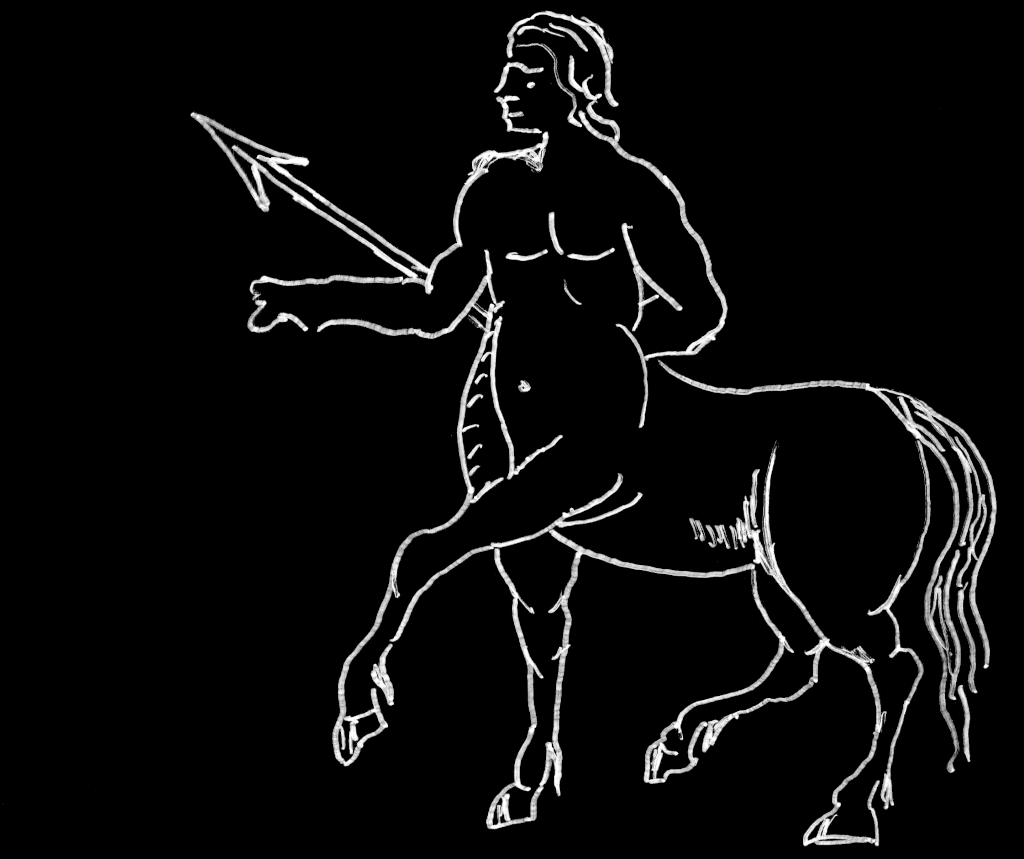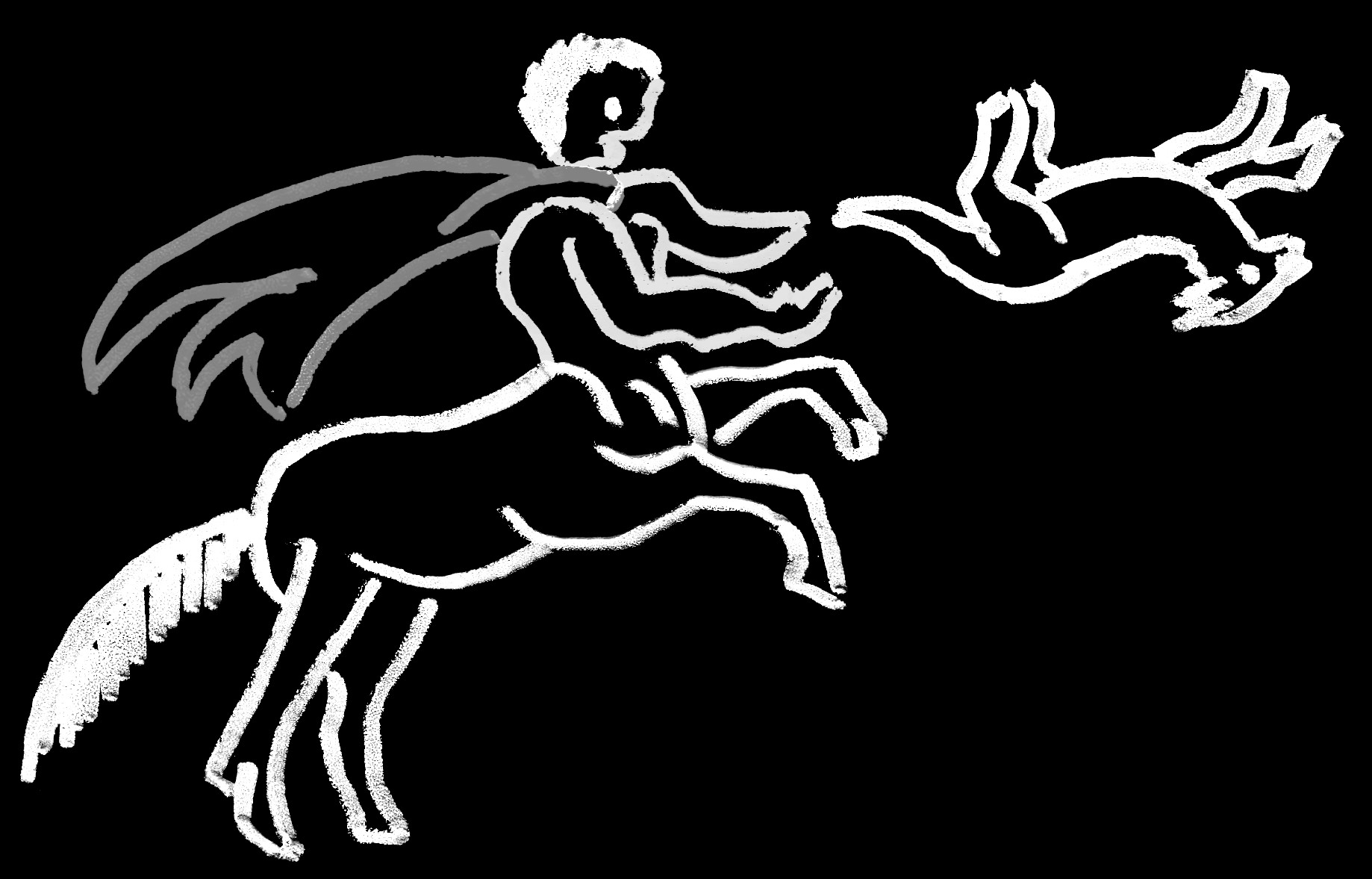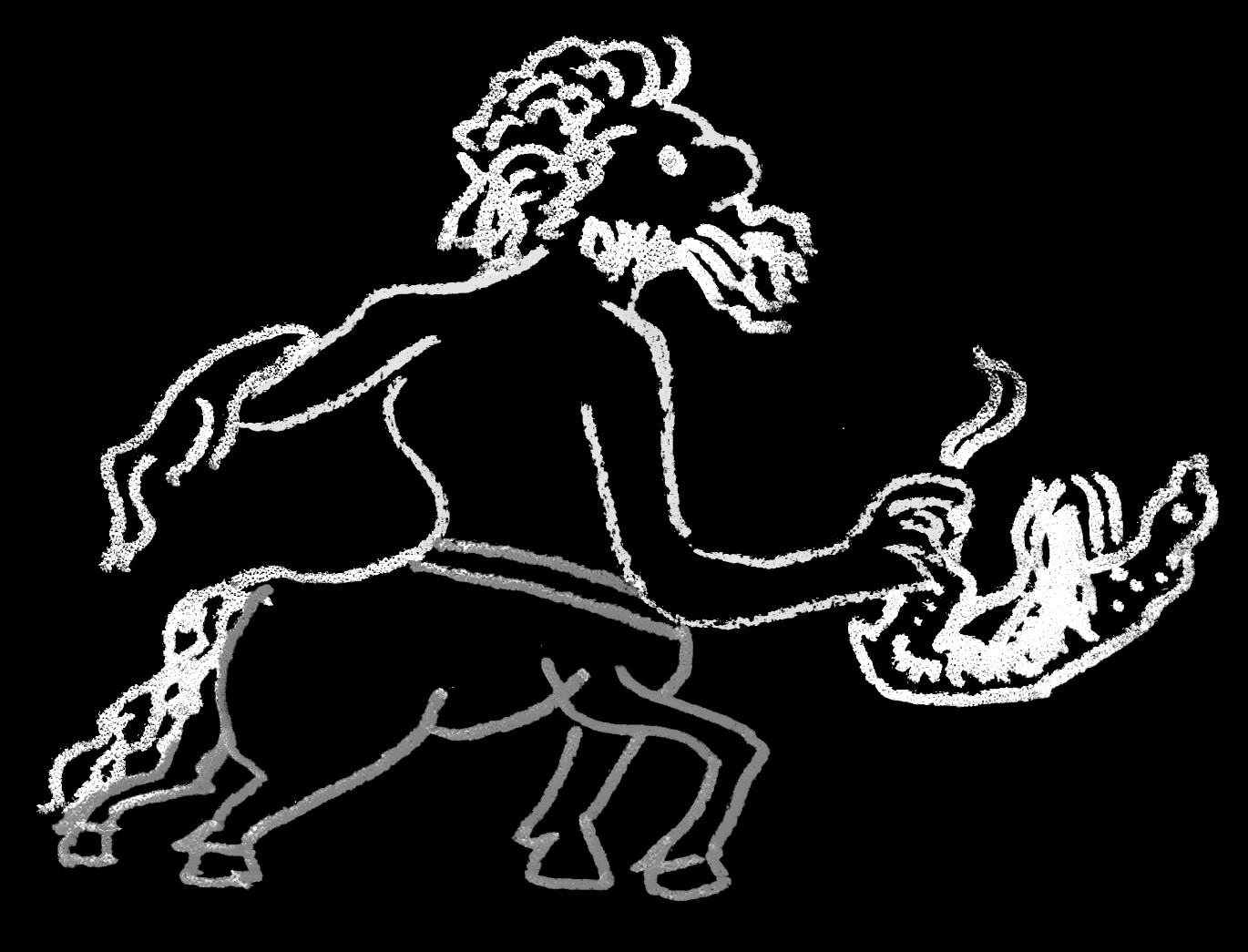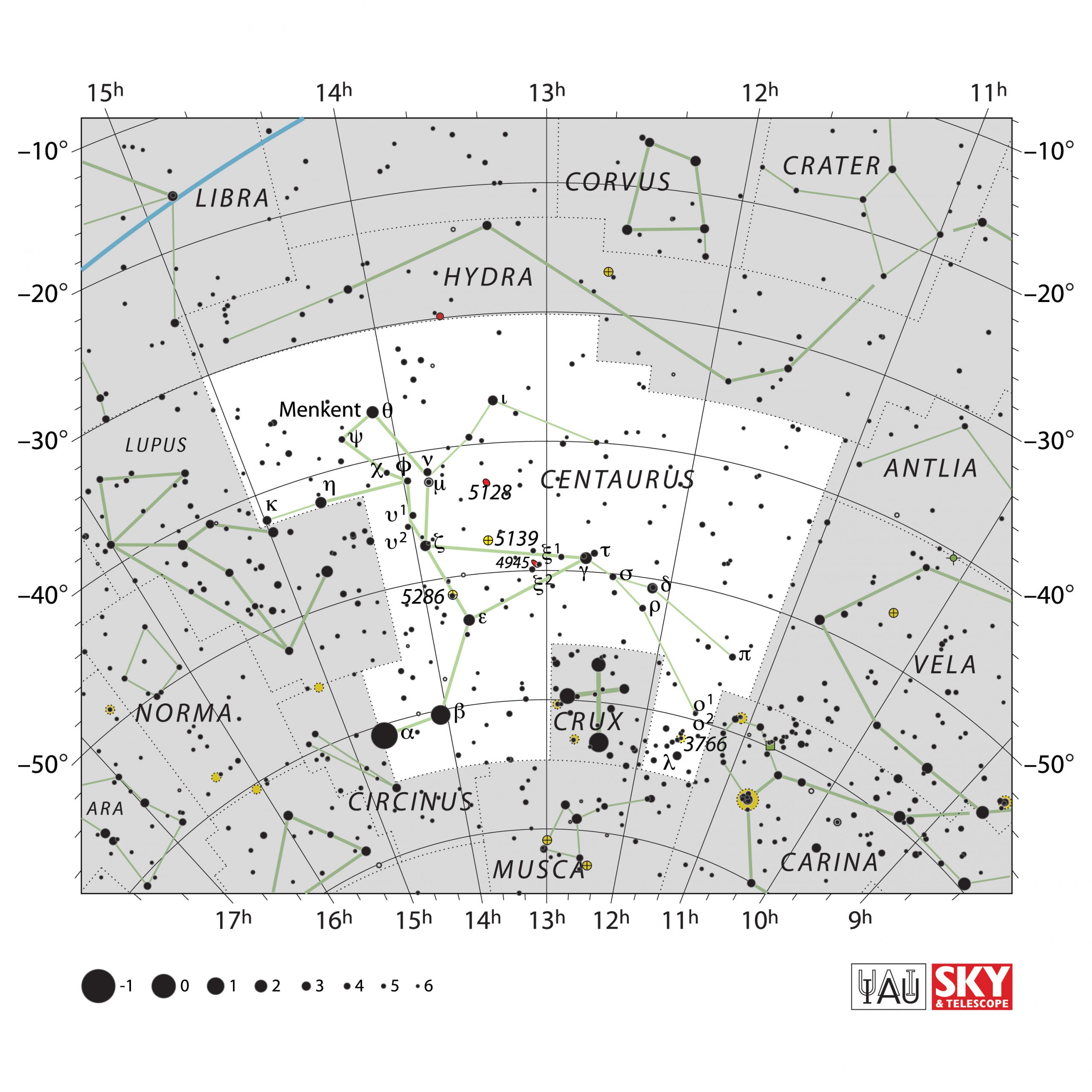Profile / Characteristics
| English translation | Latin declination and pronunciations | Size/ °² | # stars (visible) |
| the Centaur | Centaurus – sen-TOR-us Centauri – sen-TOR-eye | 1060 | 285 |
Main Star (brightest one):
| Designation | HIP number | name in IAU-CSN | brightness |
| α Cen | HIP 71683 | Rigil Kentaurus | -0.10 mag (V) |
Our (modern) Explanation
Centaurus is the wise and knowledgable teacher of all Greek heros, Chiron, the Centaur.
Ancient Globes



Farnese Globe
Kugel Globe
Mainz Globe
Ancient Lore & Meaning
Aratus
[400] This cluster as a whole men call The Water. But others low beneath the forefeet of the Archer (Centaur) [Centaurus], a tuned in a circled ring, go wheeling round the sky. [436] The constellation of Centaur [Centaurus] thou wilt find beneath two others. For part in human form lies beneath Scorpio, but the rest, a horse’s trunk and tail, are beneath the Claws. He ever seems to stretch his right hand towards the round Altar, but though his hand is drawn and firmly grasped another sign – the Beast [Fera], for so men of old have named it. [660?] So she is borne towards the West, but other signs in the East the vault of heaven brings from below, the remaining half of the Crown and the tail of the Hydra, and uplifts the body and head of the Centaur and the Beast that the Centaur holds in his right hand. But the fore-feet of the Centaur-Knight await the rising of the Bow. [694] But opposite the Horse starry Night draws the Centaur, tail-first, beneath the horizon, but cannot yet engulf his head and his broad shoulders, breast and all.
Reference:
English translation by Douglas Kidd (1997).
Aratus: Phaenomena, Cambridge Classical Texts and Commentaries, Series Number 34
Pseudo-Eratosthenes
References:
French translation by:
Jordi Pàmias i Massana and Arnaud Zucker (2013). Ératosthènes de Cyrène – Catastérismes, Les Belles Lettres, Paris
English version in:
Robin Hard (2015): Eratosthenes and Hyginus Constellation Myths with Aratus’s Phaenomena, Oxford World’s Classics
Modern and Mediaeval Depiction

Depiction in Stellarium (by Fabien Chéreau, since 2000 CE)
depiction in the Leiden Aratea (9th century CE)
Early Modern Interpretation
Contemporary
As one of their first tasks in the 1920s, the newly founded International Astronomical Union (IAU) established constellation standards. The Belgian astronomer Eugène Delporte was assigned to the task to define borders of constellations parallel to lines of declination and right ascension. They were accepted by the General Assembly in 1928. The standardized names and abbreviations had already been accepted in 1922 and 1925.

